8 Reasons Why Apolinario Mabini Was More Badass Than You Think
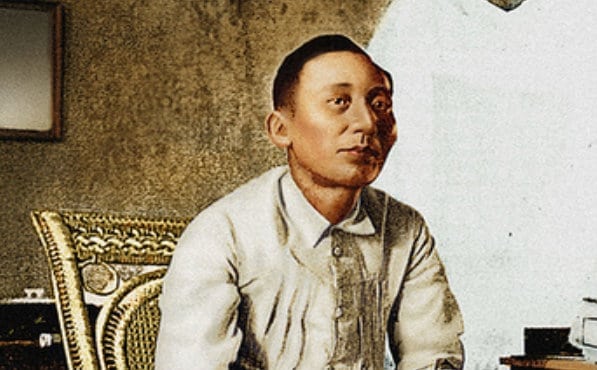
The name Apolinario Mabini may ring a bell to some Filipinos, but most of them only remember him either as the face etched in the coin or the contemplative paralytic man sitting on a rattan chair.
But how about his contributions? The fact that Mabini’s monument isn’t as conspicuous as Rizal’s is already proof that he’s one underrated hero.
Perhaps it’s about time to let our ‘selfie’ generation know more about the one and only “Brains of the Revolution” and “Sublime Paralytic.” Here are 8 interesting facts that prove Apolinario Mabini, despite his disability, was way more badass than we give him credit for:
Featured image courtesy of Presidential Museum and Library.
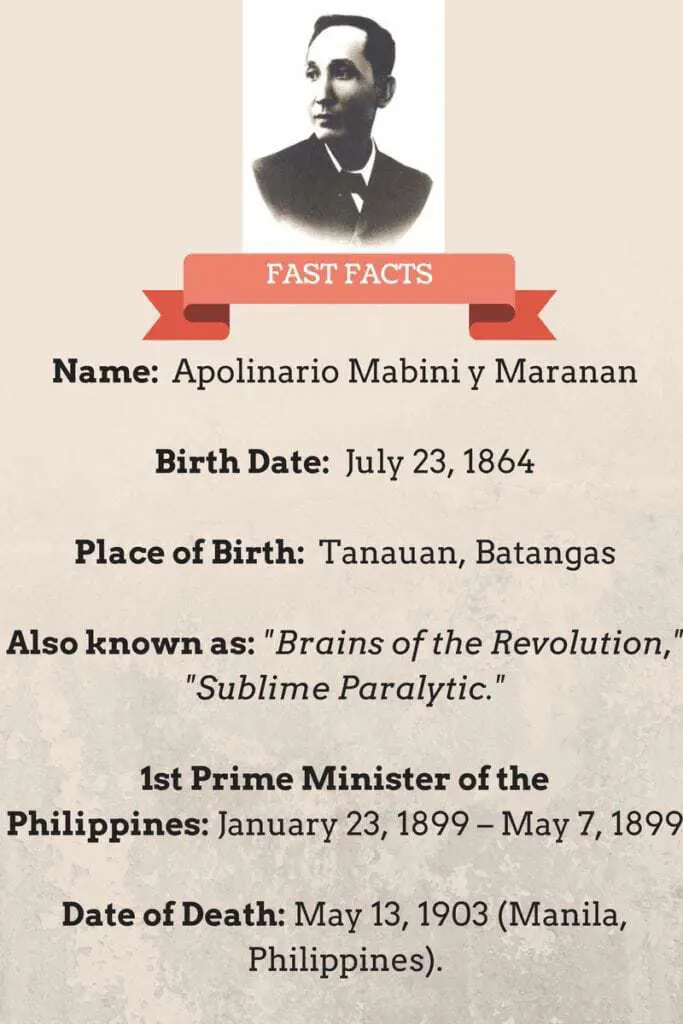
1. He’s exclusively a product of local educational institutions.
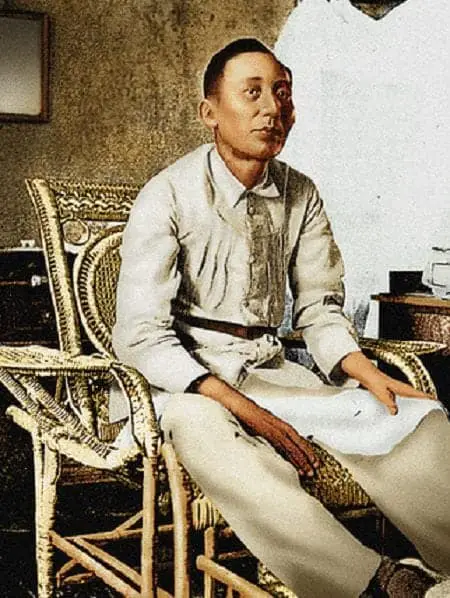
This is simply because he’s not as well-off as Rizal who could afford to study in European universities.
Born on July 23, 1864, Mabini was the second of eight children raised by poor parents–Inocencio Mabini, an illiterate farmer, and Dionisia Maranan, a market vendor. His mother wanted him to be a priest, but poverty forced Mabini to take a different path.
According to a letter written by Mabini while he was in exile in Guam, his grandfather “took care of my elementary instruction when I was of school age.” After that, he was sent by his parents to an old clergyman in town named D. Valerio Malabanan.
Mabini spent the first three years of high school under Malabanan’s tutelage.
Coincidentally, a comprehensive education reform occurred in the country before Mabini started his secondary education. And by the time he met Malabanan (whom he considered the “grandfather of the Batangueño intellectuality”), the school of Tanauan was already one of the best centers of secondary education in the country.
Also Read: 5 Young Pinoy Heroes Who Did Amazing Things Nobody Talks About
In other words, young Mabini was lucky enough to be at the right place and at the right time to receive a quality education far from the reach of other Filipino children.
After the first three years in the province, Mabini moved to Manila to start the fourth year of secondary education at the Colegio de San Juan de Letran. The following year, 1882, he went back to his town because his “poor parents were not able to defray my further instruction.”
During this same period, Mabini’s mother died–a tragic event that would haunt him for many years.
Determined to finish what he started, Mabini went back to Manila after two years to complete his secondary studies in UST. Unfortunately, he was not able to receive the Bachiller en Artes degree not because of poor grades, but of his inability to pay the required examination fee of 29 pesos.
Although he could not afford the graduation expenses, Mabini still took the preparatory course of the Law curriculum comprised of History of Philosophy, Theodicy, Cosmology, and Physics.
In 1888, Mabini returned to UST to study the science of law for 6 years. He finally earned his law degree in March 1894.
2. Apolinario Mabini had exceptional memory.
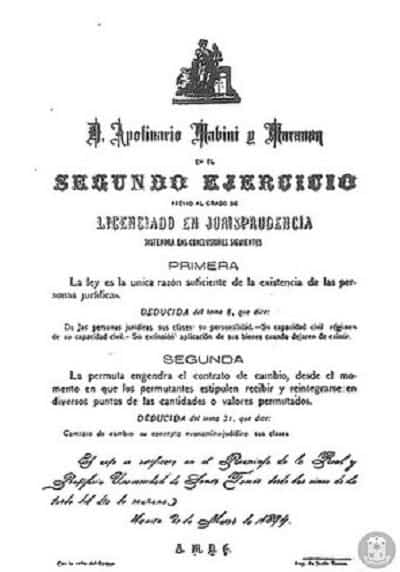
Mabini was a humble man gifted with a superior memory, which helped him a lot in his quest to earn a law degree.
His superior intelligence started to manifest during his first three years in the school of Tanauan where he excelled in almost all subjects. In fact, Diego Gloria, his academic rival at that time, admitted that Apolinario “never complained about the length of the lessons assigned by Fr. Malabanan; instead, he studied them conscientiously and could recite them by heart to the last word.”
Mabini also studied several textbooks from cover to cover including ‘Geografia’ of Fr. Martinez Vigil and ‘Geografia Ilustrada’ by Paluzie.
Fast forward to his student days at UST where he took Civil Law, his professors and classmates were equally impressed. Fr. Raimundo Velazquez, O.P., professor of Natural Law, was so overwhelmed after reading Mabini’s examination papers that he told one of his students:
“You know? This work seems to have come from the mind of a sage. I would like to live long enough to see how minds like this will lead society.”
3. He became an achiever despite extreme poverty.
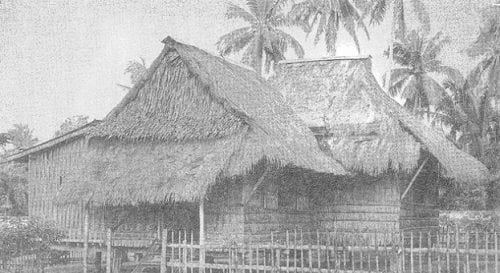
Apolinario Mabini was born to dirt-poor parents, but he never let poverty become a hindrance in making his own success story.
It is said that the young Mabini used to walk to town–approximately 6 kilometers from his native barrio–just to study. Old folks of Tanauan remembered him as “a quiet boy who never had any books to study with, but who was nevertheless the exemplary student.”
He once asked his mother to buy him a new uniform for Christmas. But after learning that her mother sold the year’s coffee harvest so he could choose the best uniform, he refused to take the money.
Even his graduation from law studies became a bit of a challenge: He almost didn’t make it to the ceremony for lack of gown. Fortunately, a rich lady from Santa Cruz, whom he once offered legal assistance to, volunteered to be her sponsor.
4. Apolinario Mabini once tried to learn how to dance.

Not everyone remembers the “pre-polio” Mabini–a man who could walk, stand and normal enough to learn how to dance.
In an interview with a prewar newspaper, one of his brothers revealed that Mabini once had the interest to learn basic dancing skills.
To learn how to dance, Mabini sought the help of Agapito “Pitong” Villanueva, a dance instructor from Ilocos Norte. The guitar music, on the other hand, was provided by a mathematician from Capiz named Rafael Lozada.
Because he was too shy to find a female partner, Mabini practiced his dance steps with a chair.
5. He opened his own school.

To pay his school fees, Apolinario Mabini had to work as an instructor several times and even opened his own school.
After completing his fourth year of secondary education at Colegio de San Juan de Letran, Mabini returned to his province where he worked as an auxiliary teacher or instructor for a school at Bauan owned by Fr. Malabanan. He used the money he earned from this job to continue his studies in Manila.
He did the same job after his fifth year but this time, he worked at a school in Lipa owned by Sebastian Virrey. The latter had only good things to say about Mabini:
“He was so faithful to me that when I was absent from home he doubled his work, so that his departure caused me no little distress… The most notable thing he did, while under my charge, was a welcome speech in honour of Fr. Manuel Diaz, when he came to visit this town, the delivery of which lasted more than thirty minutes; the speech was said by memory though it had been prepared in less than half an hour.”
In 1893, Mabini decided to open a school which only lasted for two years. According to D. Manuel Arellano, Inspector of Schools, Mabini’s venture was “ranked among the best of that period, which were those of Alindada, Villamor (Ignacio) and Mendiola.”
Described by his students as a “very reserved man,” Mabini would often discipline his students by pinching or hitting them gently with a piece of bamboo reed.
6. Apolinario Mabini vehemently condemned Bonifacio’s assassination.
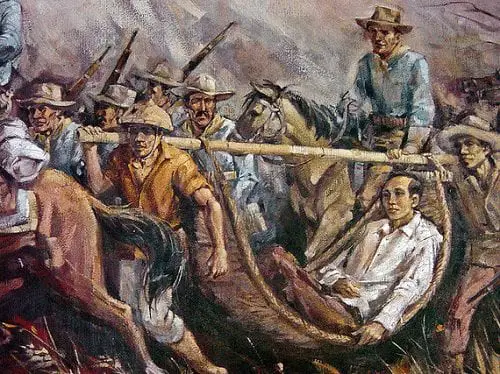
Apolinario Mabini was never afraid to voice out his opinions. For instance, as Aguinaldo’s unofficial adviser, he opposed the idea of declaring Philippine independence.
According to historian Teodoro Agoncillo, Mabini rejected the idea on the basis that “it was more important to reorganize the government in such a manner as to convince the foreign powers of the competence and stability of the new government than to proclaim Philippine independence at such an early period.”
In his book, A Short History of the Philippine Revolution, Mabini also condemned Bonifacio’s assassination.
He described the incident as the “first triumph of personal ambition upon true patriotism” and concluded that “the revolution failed because it was badly directed, because its director gained his place not by meritorious, but by irresponsible actions; because instead of sustaining the most useful men for the country, he rendered them useless by jealousy.”
7. He won over his envious enemies.
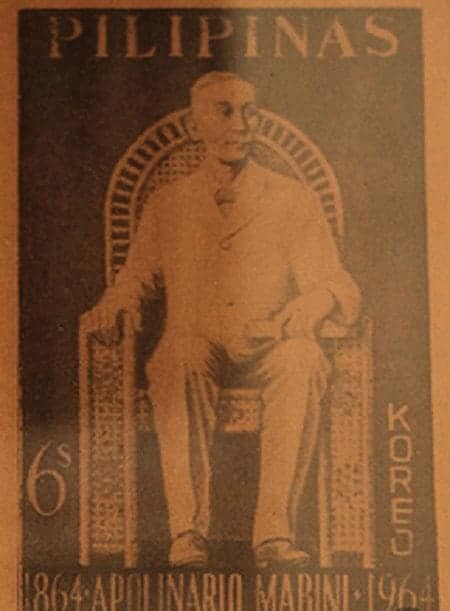
Stamp commemorating the 100th birthday anniversary of Apolinario Mabini, released in 1964. Photo courtesy of the Mabini Shrine in Tanauan City, Batangas
Aguinaldo’s decision to make Mabini his trusted adviser flared up the latter’s enemies. He was called many names such as the “Dark Chamber of the President” and was even rumored to have contracted syphilis which allegedly caused his paralysis.
Also Read: 16 Interesting Facts About Emilio Aguinaldo
But the gossip was truly unfounded, and author F. Sionil Jose said that this is an “old tactic of Filipinos inflamed by jealousy, envy or simple cussedness.” The truth is that Mabini contracted polio in 1896 that led to the paralysis of his lower limbs.
Mabini eventually quit the Malolos government and hid in the towns of Balungaw and Rosales, Pagansinan. He later moved to the nearby town of Cuyapo where he was captured by the Americans in December 1899.
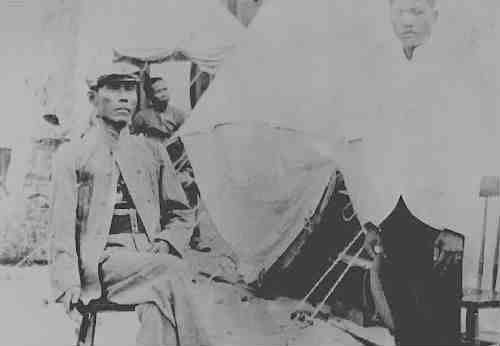
His refusal to sign the oath of allegiance to the United States led to his 2-year exile in Guam with Artemio Ricarte and others. When his health declined, Mabini finally decided to sign the oath so he could return and die in his native land.
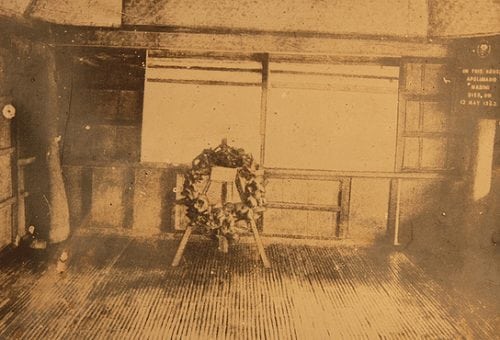
Apolinario Mabini died of cholera on May 13, 1903, allegedly due to unpasteurized carabao milk. His remains were buried in the Manila Chinese Cemetery, then moved to the Mausoleo de los Veteranos de la Revolucion, and finally back to Tanauan in July 1965.

8. Apolinario Mabini was way ahead of his time.
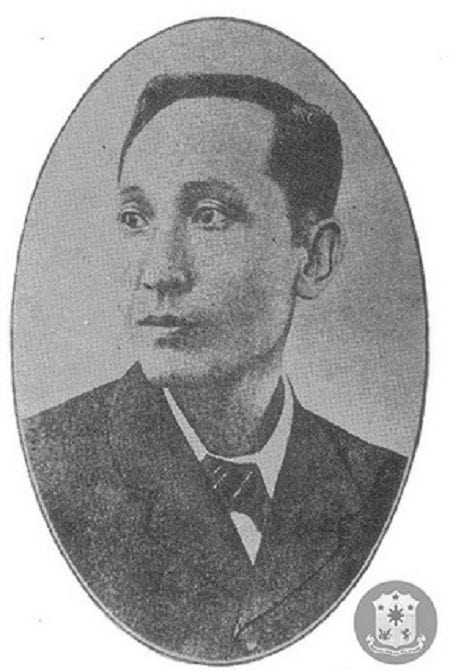
Apolinario Mabini’s brilliance and ideas were way ahead of his time, causing conflicts with some of his contemporaries.
For instance, he envisioned the Congress to be an “advisory body of the President” and even warned against a provision in the proposed Constitution which would give the Congress the power to approve appointments to Cabinet positions.
In his memorandum in 1899, Mabini stated:
“In my case, for example, because Congress does not like me, I will be censured for anything I do until I will be forced to resign. The members will say that I am a despicable weakling who can swallow all insults.
In short, no one can stay in the department except one who knows how to regale the representatives, do what they want, and be in cahoots with them even to do such that will be against the interests of the country and justice.
Such department secretaries, even if they should do badly, would be in the good graces of Congress, while the good ones would not be.”
Also Read: 10 Things Filipino Politicians Must Stop Doing
Mabini also suggested the establishment of a Filipino National Church. He directed a manifesto to the Filipino clergy urging them to organize the said church.
His idea became unsuccessful due to war conditions of that era, but his work laid the foundation of the Philippine Independent Church.
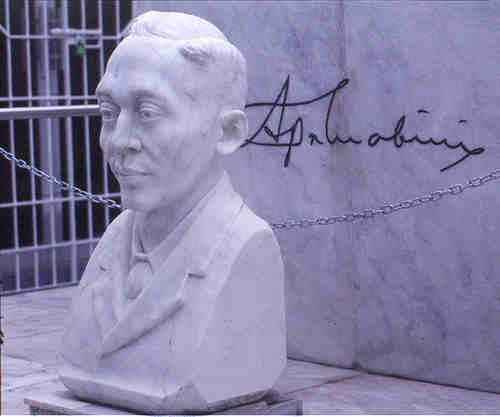
Other Interesting Facts:
Apolinario Mabini versus Antonio Luna.
Apolinario Mabini almost became president.
References
Agoncillo, T. (1990). History of the Filipino People. 8th ed. Quezon City, pp.207, 209, 213, 244.
Ocampo, A. (2008). The house where Mabini died. [online] INQUIRER.net. Available at: http://opinion.inquirer.net/inquireropinion/columns/view/20080723-150089/The-house-where-Mabini-died [Accessed 23 Jul. 2014].
Ocampo, A. (2010). Looking Back 2: Dirty Dancing. 1st ed. Mandaluyong City: Anvil Publishing, Inc., pp.1-2.
Ocampo, A. (2012). Mabini by Mabini. [online] INQUIRER.net. Available at: http://opinion.inquirer.net/41319/mabini-by-mabini [Accessed 23 Jul. 2014].
Ocampo, A. (2014). Mabini still sounds painfully familiar. [online] INQUIRER.net. Available at: http://newsinfo.inquirer.net/622449/mabini-still-sounds-painfully-familiar [Accessed 23 Jul. 2014].
Jose, F. Sionil (2014). Ap Mabini, the Filipino Everyman. [online] philSTAR.com. Available at: http://www.philstar.com/arts-and-culture/2014/05/26/1326769/ap-mabini-filipino-everyman [Accessed 23 Jul. 2014].
Villaroel, F. (2014). Apolinario Mabini: His Birth and Student Years. [online] Presidential Museum and Library. Available at: http://malacanang.gov.ph/8083-apolinario-mabini-his-birth-date-and-student-years/ [Accessed 23 Jul. 2014].
FilipiKnow
FilipiKnow strives to ensure each article published on this website is as accurate and reliable as possible. We invite you, our reader, to take part in our mission to provide free, high-quality information for every Juan. If you think this article needs improvement, or if you have suggestions on how we can better achieve our goals, let us know by sending a message to admin at filipiknow dot net
Copyright Notice
All materials contained on this site are protected by the Republic of the Philippines copyright law and may not be reproduced, distributed, transmitted, displayed, published, or broadcast without the prior written permission of filipiknow.net or in the case of third party materials, the owner of that content. You may not alter or remove any trademark, copyright, or other notice from copies of the content. Be warned that we have already reported and helped terminate several websites and YouTube channels for blatantly stealing our content. If you wish to use filipiknow.net content for commercial purposes, such as for content syndication, etc., please contact us at legal(at)filipiknow(dot)net
